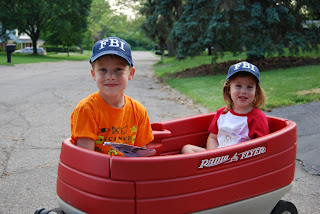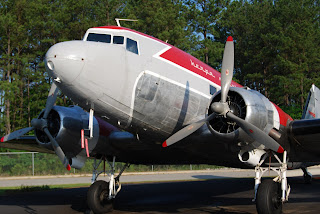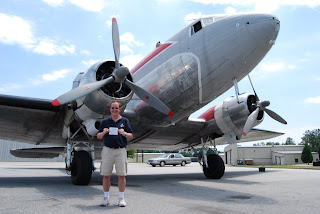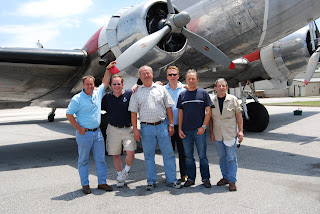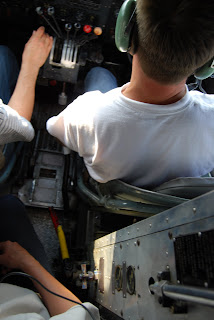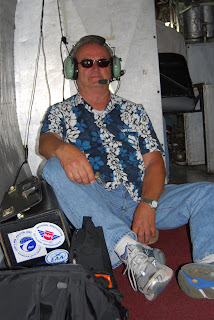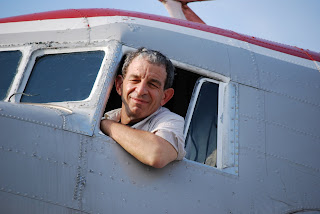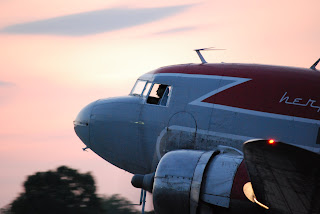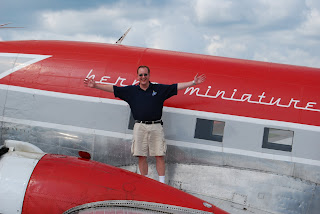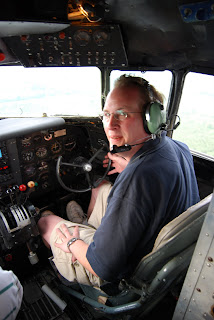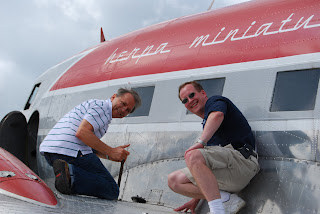
This is a regular blog post. Looking for show notes or audio? Check out the other posts.
Hanging out on the patio writing the DC-3 summary episode. Really want to get this right, but it’s taking a long time. About four hours of cockpit audio, some of which I’m hearing for the first time because I had the recorder plugged into where I would otherwise have been plugged in with a headset while I was running around in the back of the aircraft shooting pictures and making myself motion sick.
Got the audio montage from the restaurant done. James did a heck of a job on the impromptu DC-3 Blues. “Got that gear coming down . . . .” Yeah, James. I feel you, brother.
Cole’s last day of school was Friday. He’s a first-grader-elect now. And really excited about OSH. Ella gets increasingly self-sufficient every day.
Went to Soundscape Studios yesterday to check it out as a venue for recording vocals for the album project. Really nice little studio with good rates. Tim seems like a good guy. We’ll probably use the live room with baffles around us for some separation and deadening. Would do it at home, but I dare not let anyone see the basement and I don’t have the 30 hours it’d take to clean it to the point where I’d let another human see it down there.
Back to the writing. Thanks for your patience! The full DC-3 summary episode will be out soon. Hope to finish the writing today and record the commentary this week.
